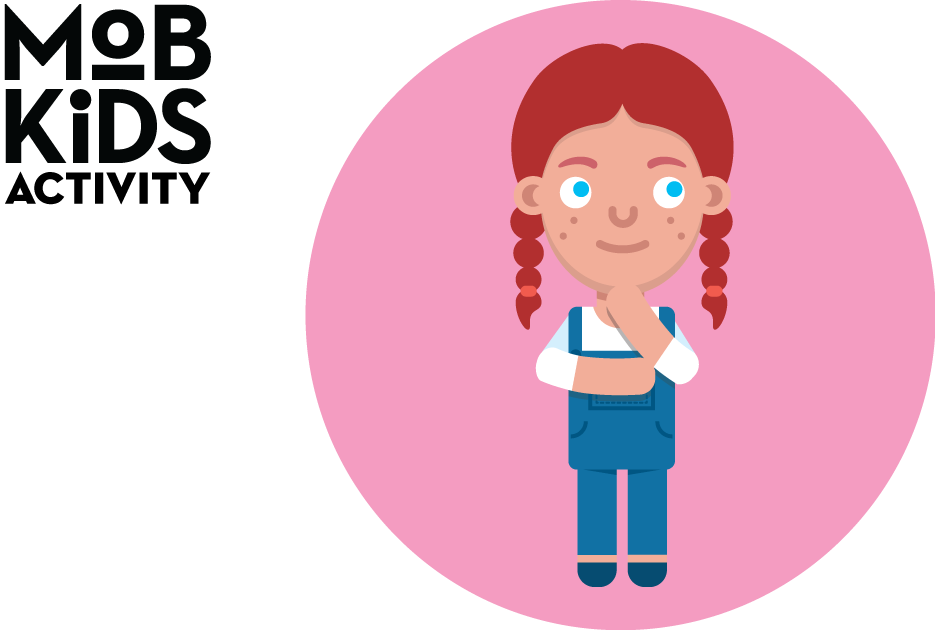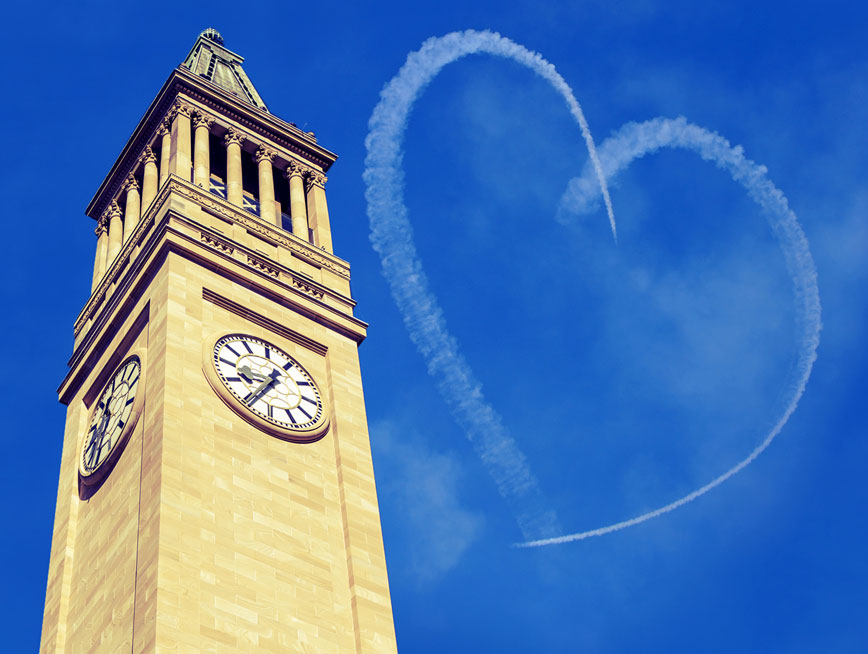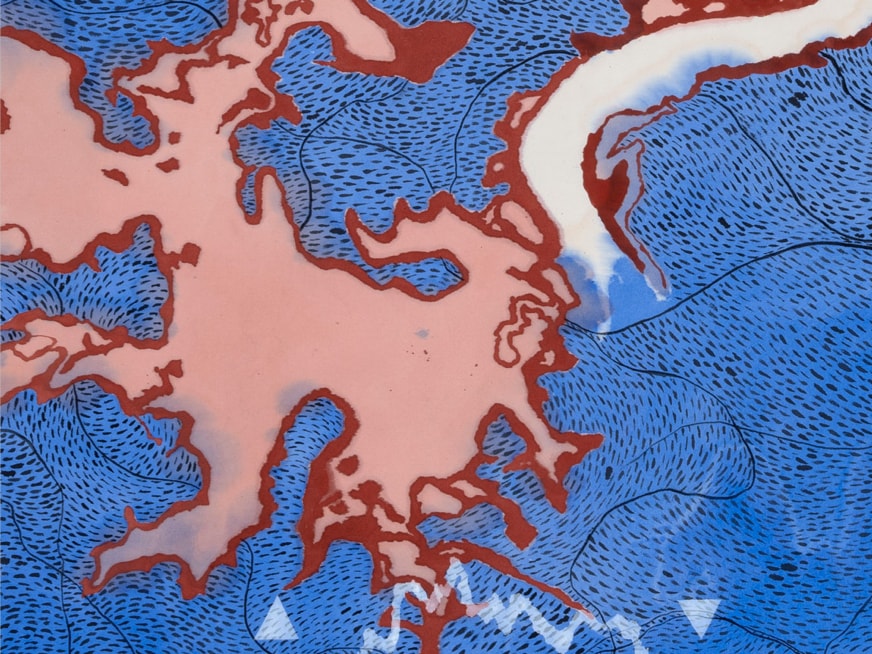The open source ethos continues to prove relevant and more important than ever for Brisbane’s creative practitioners. One year on from the launch of our exhibition BRISBANE ART DESIGN: OPEN SOURCE, we reflect on a selection of works from the exhibition that illustrate the innovative ways our creative communities continue to work.
OPEN SOURCE celebrates the open source ethos distinct to Brisbane’s creative communities – the processes of collaborating, crossing disciplines and consciously sourcing materials.
Shared and adaptive approaches within Brisbane’s creative ecosystems are generating waves of innovation. Discipline boundaries are collapsing with this shared attitude, as creators from all fields collaborate on projects. This openness also extends to a transparency in the sourcing of materials and the integrity of production processes. OPEN SOURCE captures these current modes of practice through the merging of design, craft, technology and art across multiple mediums.
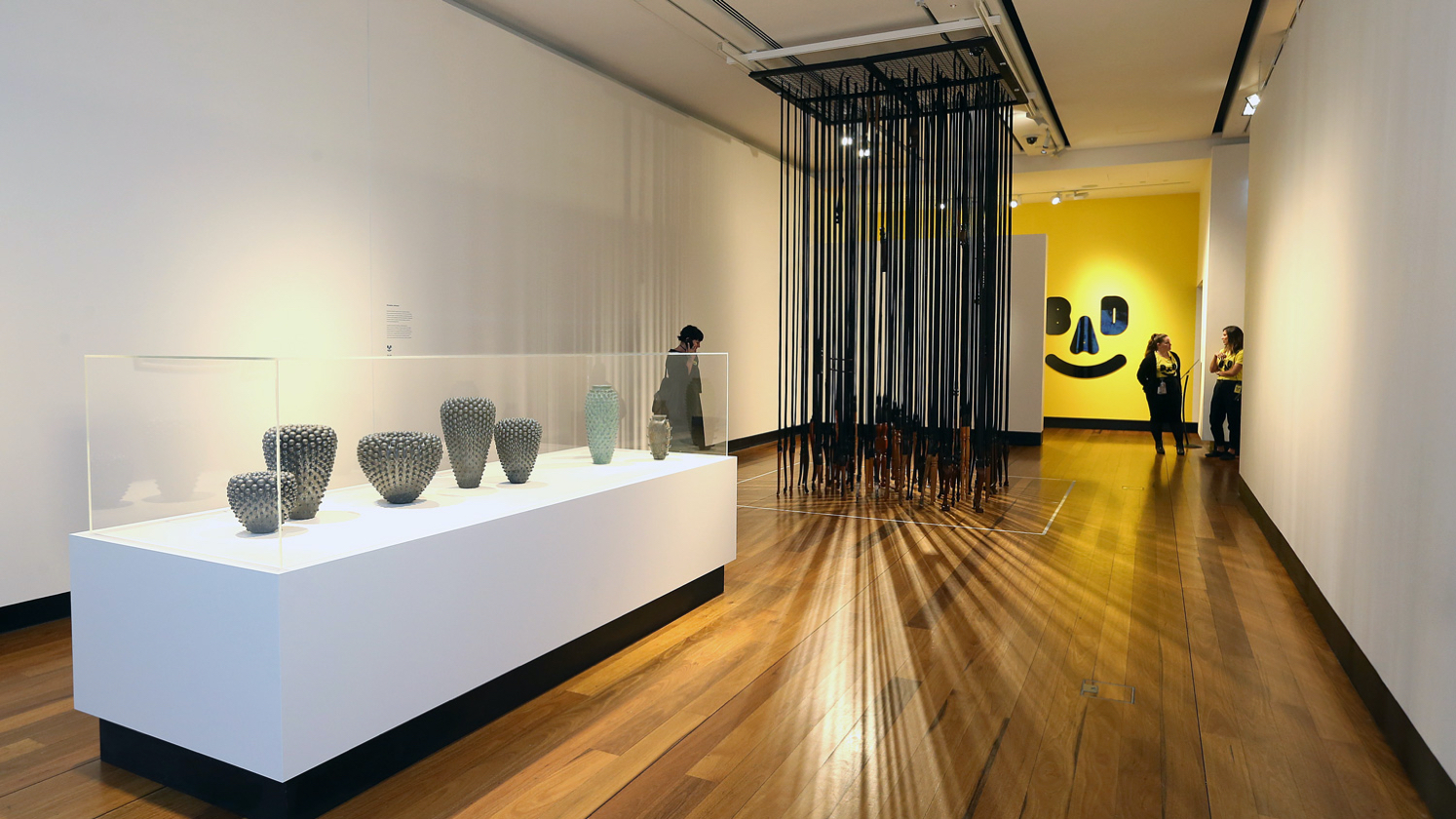
Collaborating across the world
2020 so far has shown us that we can work collaboratively even if we’re not in the same room – something that Brisbane artists based all over the world have known for some time.
Design duo Craig & Karl (Craig Redman and Karl Maier) met while studying at the Queensland College of Art, and now live and work in New York and London respectively. Despite distance and different time zones, Craig & Karl maintain a successful collaborative practice creating designs for major global clients. Each design concept begins with a conversation, after which Craig & Karl develop their individual ideas in response to the brief. A process of exchange and constant dialogue follows as they share the designs back and forth between one another until both designers are happy with the outcome. You can read more about Craig & Karl’s creative process in their Q&A. Or check out our MoB Kids Colour in with Craig & Karl Activity.
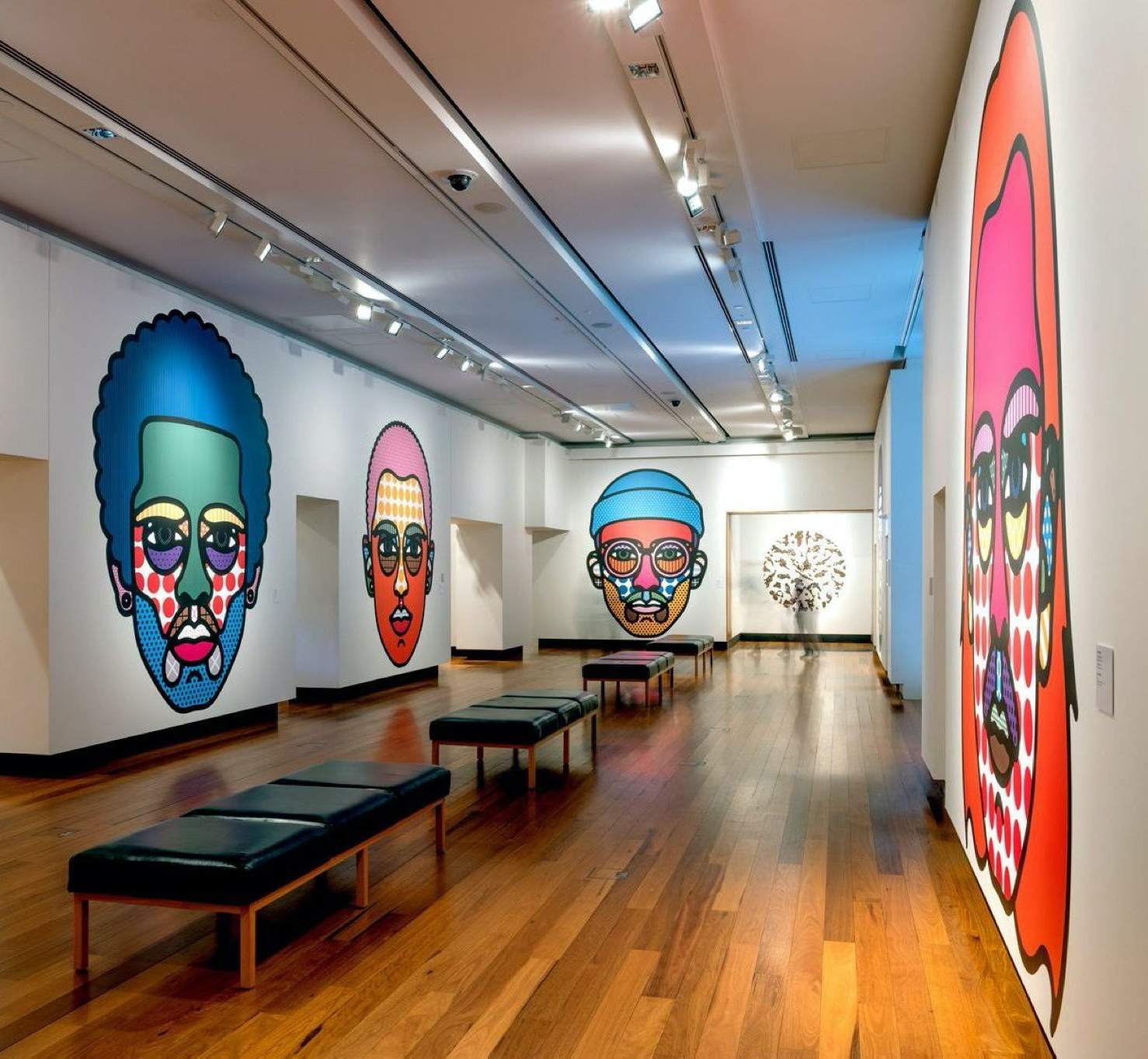
Collaborating with communities in multiple countries is key to the creative projects of Alfredo & Isabel Aquilizan.
To create their “Prototypes” After In-Habit: Project Another Country (2019), the couple worked with their children, their Philippines workshop the Fruitjuice Factory Studio, and the Museum of Brisbane community. This installation features a suspended airship wing made up of miniature cardboard dwellings which were created by the artists and Brisbane community members. The work is part of a wider project, with other pieces of the airship constructed in different countries around the world. Having moved with their children from the Philippines to Brisbane in 2006, Alfredo and Isabel draw on their own experiences of migration in their practice. They ask us to think about what “home” means in an increasingly global and connected world. You can read more about Alfredo and Isabel’s creative process in their Q&A.
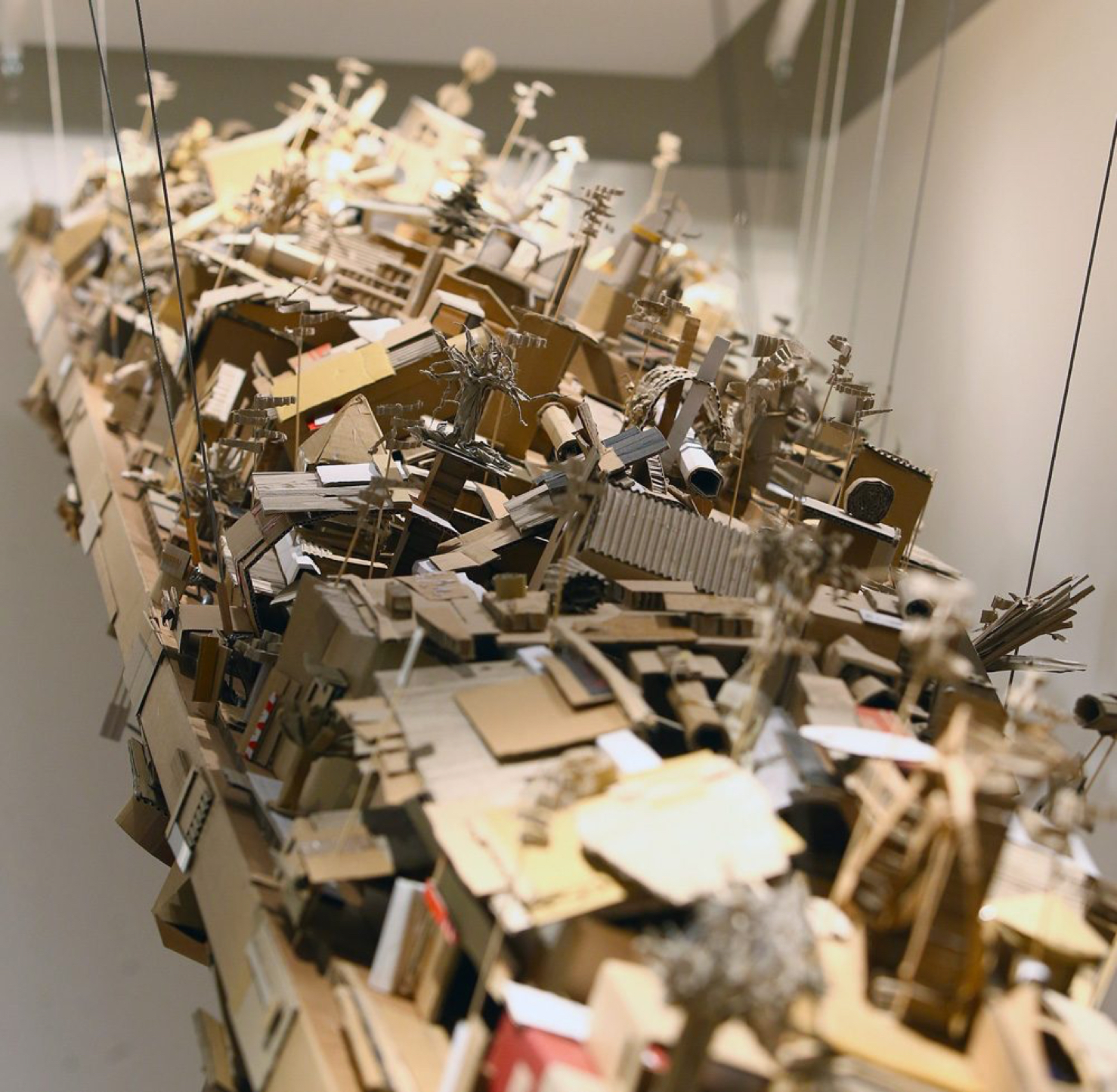
Thanks to technology, many artists can now work together in collaboration even if they live in different parts of the world. Have you ever travelled to another country or do you have any family members and friends born overseas?
-
Find a map of the world and write down the names of five countries that you do not recognise.
-
Imagine you have a friend who lives in one of these countries and write a letter about an artwork you would like to make with them. What words would you use to describe your collaborative artwork?

Reusing the materials around us
As a society, we are becoming increasingly aware of the materials that we source and consume, and the impact they have on our environment. Across all forms of art and design in Brisbane, practitioners are sourcing and reusing found material in innovative ways to reinterpret the everyday objects around us.
Jeweller Elizabeth Shaw collects the objects she finds while walking the streets of Brisbane and gardening in her backyard. Often these objects have been deemed useless and abandoned, discarded fragments of something broken that has lost its purpose and functionality. These fragments form the starting point for Elizabeth’s jewellery and small sculptural pieces, which she constructs using traditional silverwork and jewellery-making techniques.
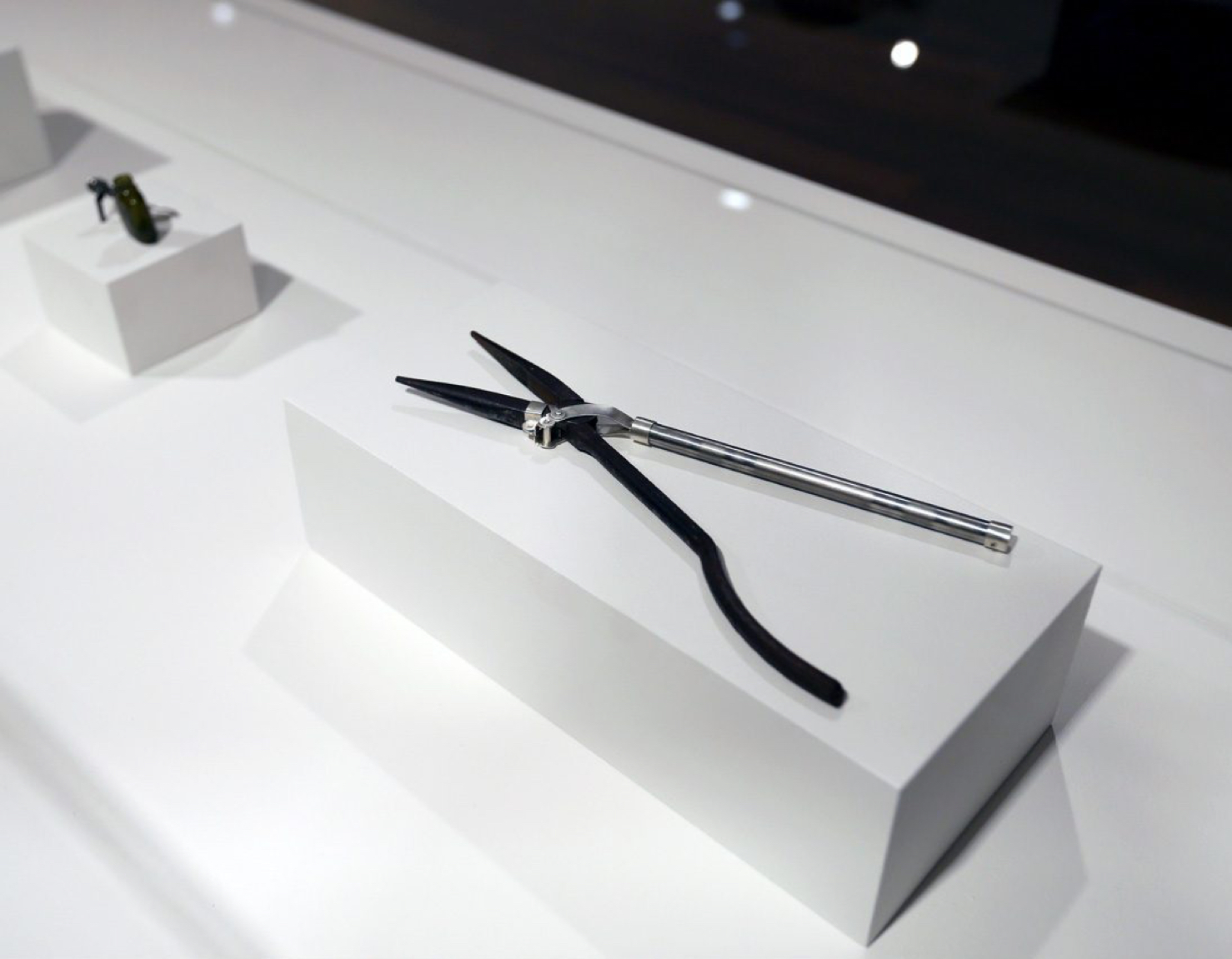
Susan Hawkins takes a similar approach in her sculptures, which give new life to abandoned objects. Her large-scale sculpture Across the Board (2019) draws on a collection of timber furniture legs acquired from Brisbane streets over a seven-year period, adding to the artist’s inherited family pile of timber.
The 100 furniture legs, and the telecommunications cables to which they are fixed, were discarded at some point, having no longer been considered functional. By exhibiting these exposed materials, Susan allows the objects to regain their agency, showing appreciation for the lives that they have lived while simultaneously giving them new life.
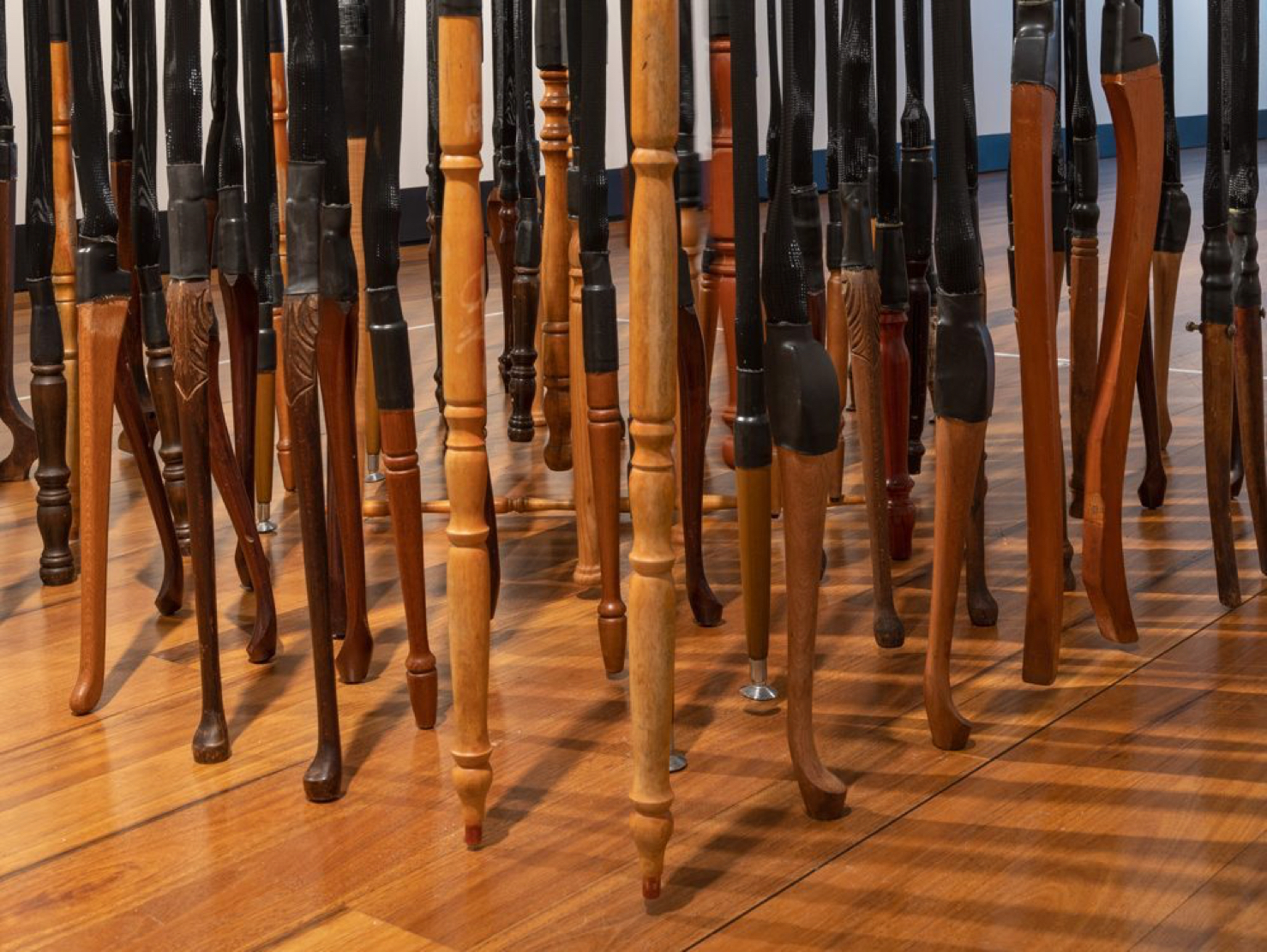
Reusing the materials around us is one way that we can care for the environment. Reusing is when we use an object that has been used before, but in a new and different way, just as artists Elizabeth Shaw and Susan Hawkins do with objects found on the street or in their own home and backyard.
-
What objects can you find in your backyard or around your house that can be reused into something new and different?
-
Can you find something that can be turned into a piece of jewellery or maybe a toy?
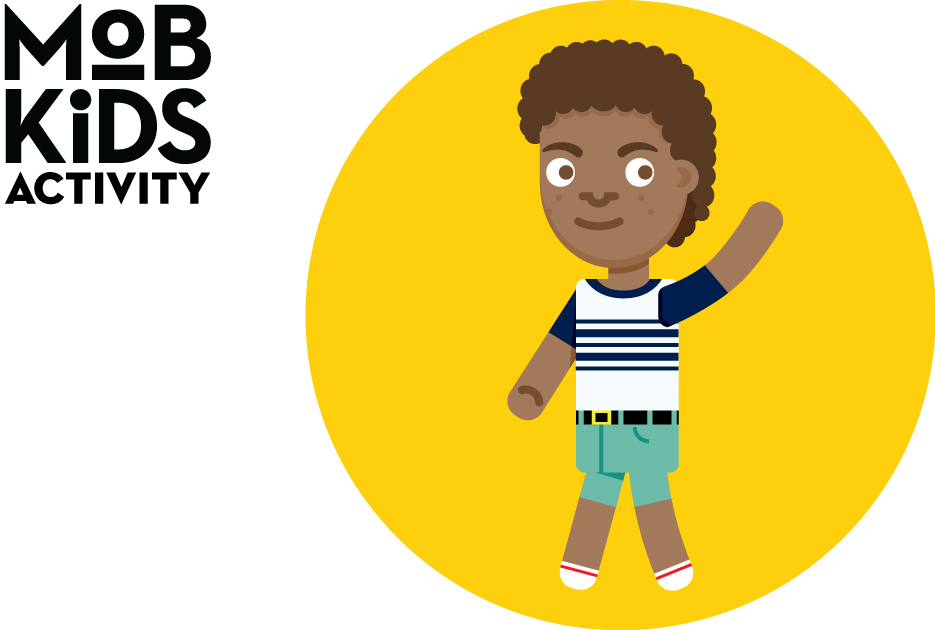
New and old processes
An open approach to sharing ideas across disciplines and experimentation with new processes of creating have seen innovative creations in Brisbane flourish.
Artist Bridie Gillman and designer Alexander Lotersztain (founder of Brisbane design studio Derlot) teamed up for the first time to create Breathe for BRISBANE ART DESIGN: OPEN SOURCE, an iteration of Alexander’s famous QTZ chair design. The precise geometry and functionality of Alexander’s design comes to life with Bridie’s loose and abstract painting style, which is based on memory and emotion rather than exactness. The two aesthetics harmoniously combine to celebrate the beauty of nature, placing the chair at the intersection of art and design.
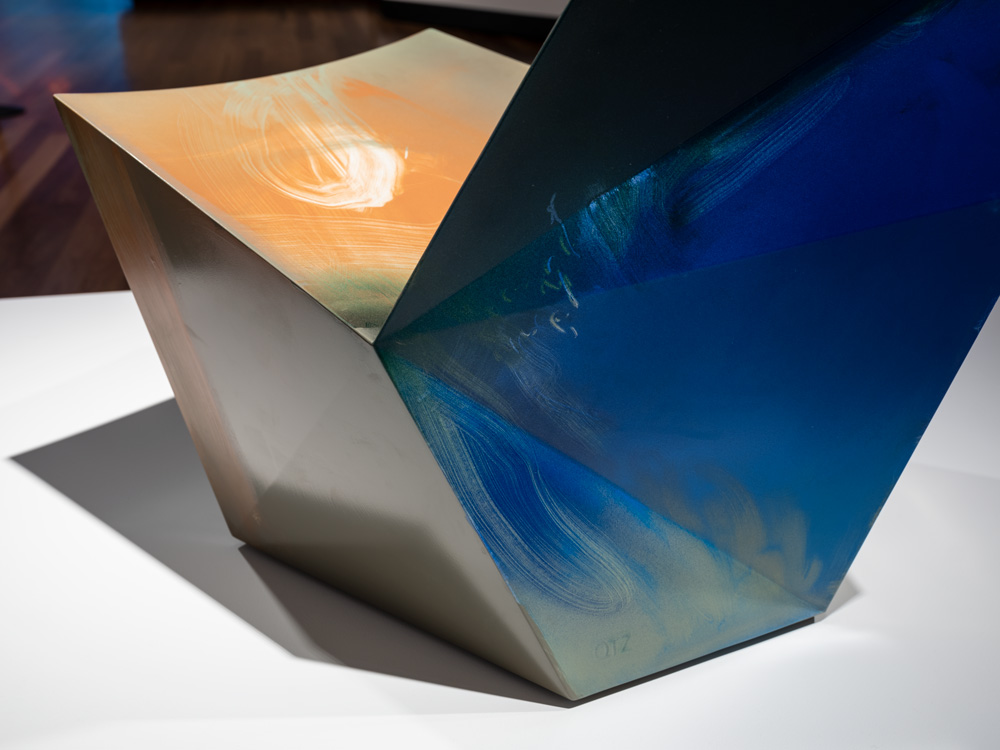
While some artists are experimenting with new techniques, others are reimagining older processes and traditions. Nicolette Johnson draws on ceramic tradition and techniques spanning millennia. The forms of her clay vessels merge the organic and the handmade, echoing the symmetry of nature.
Nicolette’s process of making is meditative and labour intensive. Hundreds of clay protrusions are added individually, by hand, to the vessels’ surfaces. Despite this precise method, the subsequent glazing and firing process involves many variables resulting in surface texture and colour that cannot be entirely planned. Each vessel emerges from the kiln with a unique character.
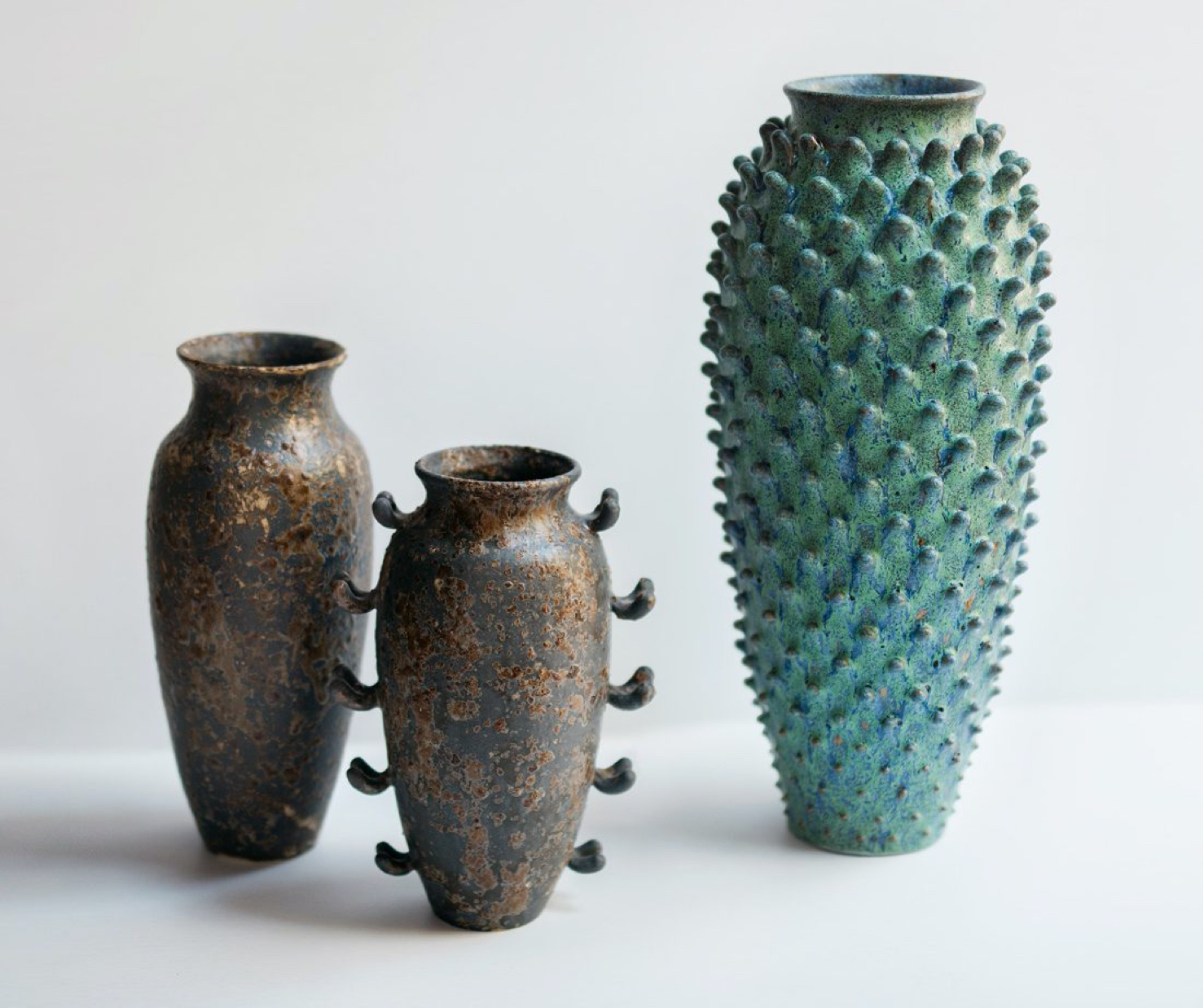
Many artists create artwork by looking at shapes in nature for ideas and inspiration. Alexander Lotersztain has been inspired by a stone called quartz, which is a mineral made of silica found in rocks. Nicolette Johnson explores shapes found in plants and flowers to create her sculptures from clay.
-
Create your own artwork using a shape from nature as inspiration.
-
Go for a walk outside with your family or friends and collect some natural materials that have different shapes.
-
At home, draw the shapes from these materials on paper.
-
You can then repeat these shapes in different colours to create a pattern.
